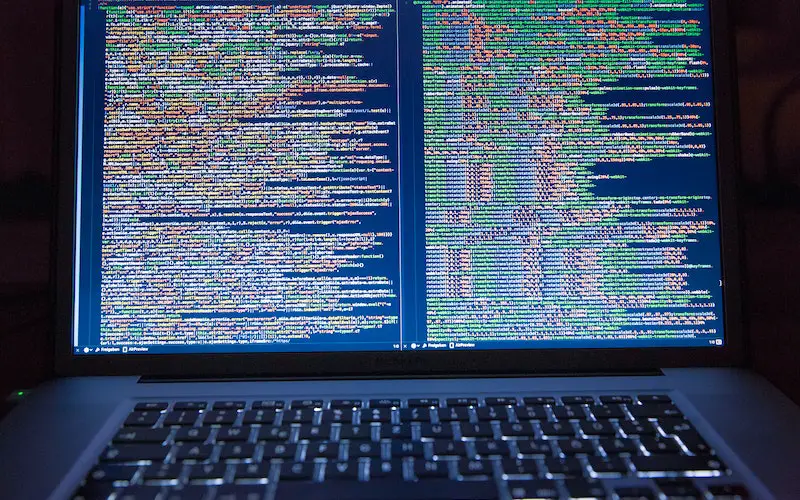As the modern-day use of technology and recording of public data for the purpose of marketing has increased, the threat to data and user information has also increased in committing cybercrime simultaneously. Since the information can be easily accessed by exploiting the loopholes, it is essential to be aware of these attacks. You might have heard the terms ‘Hacking’ and ‘Malware’. Hacking refers to the access, manipulation, or stealing of data either in an authorized or an unauthorized way. Hacking could be ethical, unethical, and even sponsored. Malware could be termed as malicious software built to harm and exploit a computer device or a network. Here are ten interesting facts about Malware and Hacking that you need to be aware of.
1. Malware And Its Types
Malware isn’t of only one type. It has several forms. They include Ransomware, Trojans, Adware, Viruses, Worms, Rootkits, and bots. Their functionalities also vary based on the way they are programmed. For example, Trojans disguise themselves as safe and desirable code and enter the system. Adware displays unnecessary ads in the affected system. Ransomware encrypts the system’s data and demands decryption payment.

2. The Dark Web Is Not A Myth
You might have heard the rumors regarding the term ‘Dark web.’ Although most of the facts regarding the Dark web are cap, the Dark web itself isn’t. The web, whatever is accessible and used by average users, is the Surface web. It is believed to be the tip of the iceberg. There is a portion of the internet, which is not visible to the search engines. Accessing these sites requires the use of anonymizing browsers, which do not display the identity of the user. The ‘Tor’ browser is one of the most popular browsers which is used to access the deep web.

3. IoT Vulnerabilities
The use of IoT devices for home automation and commercial applications has made our lives easier. However, it is important to note that this networking of electronic devices has also become the easiest way to access our private data. By using tools such as ‘Angr,’ ‘Ghidra,’ and ‘EMU,’ it is possible to implement reverse engineering techniques on the source code and exploit the vulnerabilities of the device. Hence, safeguarding these devices is a major objective for the developers.

4. State-Sponsored Hacktivism And Soft War
Hacking can also be performed for political and socially motivated purposes. There have been a lot of cases where a hacker group from one country hacks and manipulates government websites and servers of another country. This kind of cyber offense is termed as ‘Hacktivism.’ Since, the destruction of data results in a massive loss for the economy, present-day soft wars have become a common practice between the countries. Although this might seem like a joke, Hacktivism has become a military tactic for the nations to perform an unarmed strike.

5. Why Hackers Perform Cryptojacking
Cryptomining is the process of creating cryptocurrency tokens and adding the transactions to the blockchain. This process involves solving complex mathematical problems to portray the Proof of work. Cryptomining requires a lot of computer hardware resource utilization, which increases the expense. To get rid of this cost, miners cum hackers follow ‘Cryptojacking’. As the name says, hackers hijack your computer resources and utilize your computer’s resources to mine cryptocurrency. But will it be worth unknowingly getting your computer slowed and electricity bills increased so that somebody else can mine his tokens?

6. Polymorphic Malware
Antivirus software generally follows techniques like pattern matching to detect the malicious files installed by the Malware. Polymorphic or metamorphic Malware is programmed in such a way that the characteristics such as encryption keys and file names change now and then and thus make it hard to detect. Popular examples of polymorphic Malware are Storm Worm email (2007) and the Cryptowall Ransomware.

7. Gray Hat Hackers
You might know about White hat and Black hat hackers, but who are these ‘Gray’ hat hackers? Well, the Gray hat hackers lie in between the White hat and Black hat hackers. They generally break into the system without any permissions and try to fix issues. In turn, they expect some fees for the service. Although their intentions are usually good, some companies might not find it ethical. Think of someone breaking into your house and fixing your broken pipelines. Weird, isn’t it?

8. Malware Which Is Fileless
Fileless Malware does not rely on any kind of files and thus, leaves no footprint in the system. This leads to complexity in detecting the Malware. Fileless Malware emerged in the year 2017. Frodo, The ‘Number of Beast’, and the ‘Dark Avengers’ are early examples of fileless malware. All the activities of this Malware take place on Windows-based PowerShell and are in memory activities. Microsoft has upgraded Windows Defender to detect suspicious actions in PowerShell and detect fileless Malware.

9. Get Indulged In Bug Bounties
Assume that you are aware of the vulnerabilities and capable of breaking into a system and manipulating the files. But you want to implement your skills ethically. That’s when Bug bounty programs come into the picture. Tech giants such as Google, Microsoft, Meta, Mozilla, and others offer a deal to provide recognition to hackers who can fix bugs that are especially resulting in social exploits and vulnerabilities. This also proves that hacking is not just meant to commit cyber crimes and unethical deeds but also to overcome them.

10. Script Kiddies
Have you ever thought about what goes into writing those scripts and programs to break into a stranger’s system and exploit it? There are some exceptions to this. ‘Script Kiddie’ is a term used for hackers who use readily available scripts and GUIs without their basic working knowledge and try to hack the system. It does not mean that the actions performed by a script kiddie are not harmful. Don’t forget that the source codes he is using have been written by some big brain!


















